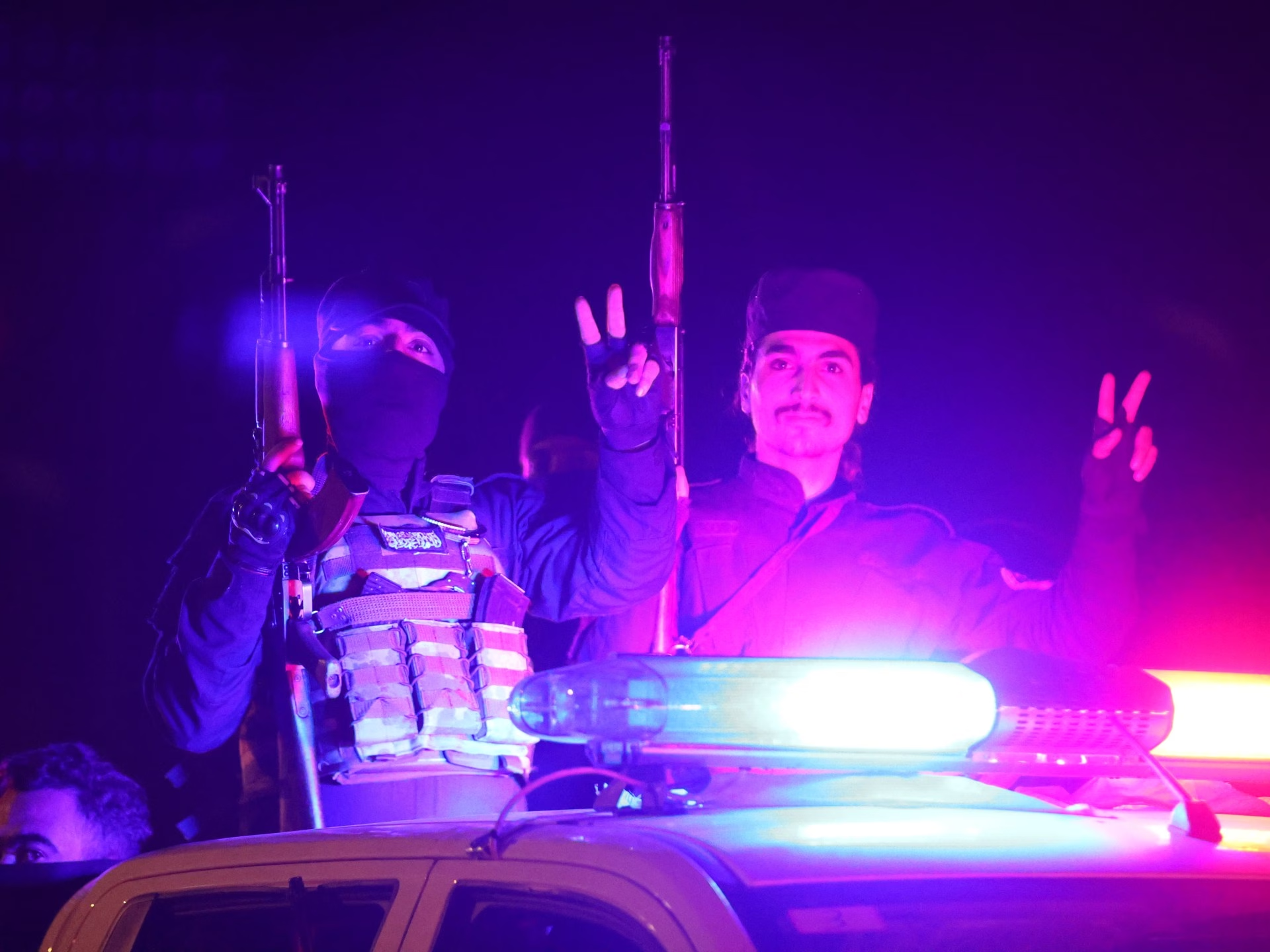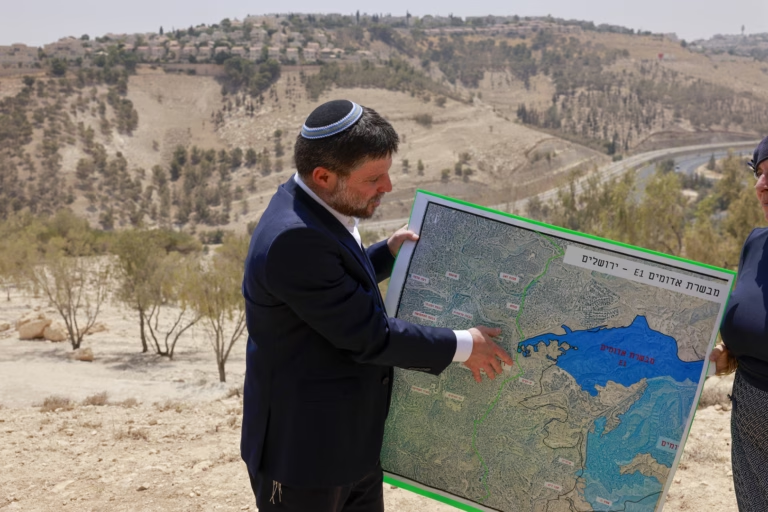This conflict follows the recent overthrow of Bashar al-Assad by opposition fighters three months prior.
Reports from Latakia highlight a disturbing trend of violence, including killings, kidnappings, theft, intimidation, and public executions.
Here’s an overview of the violence and the facts behind it:
Current Situation in Syria
Beginning on March 6, government troops were deployed to coastal cities like Latakia, Banias, Tartous, and Jableh to combat what they termed “remnants of the regime.”
These “remnants” refer to pro-Assad regime fighters expressing opposition to the incumbents.
The Alawite religious community, from which Assad originates, resides predominantly in these areas.
Origins of the Conflict
On March 6, pro-Assad sharpshooters launched a surprise attack against military personnel around Latakia, killing at least 16 security forces and Ministry of Defence personnel.
State media confirm these ambushes as part of a series of attacks targeting government forces post-Assad’s defeat.
Casualties and Injuries
As of March 9, the conflict has claimed at least 1,311 lives, with 830 civilians, 230 security personnel, and roughly 250 armed combatants among the dead, as per the Syrian Observatory for Human Rights (SOHR).
Al Jazeera has not been able to independently confirm SOHR’s figures.

Significance of the Area
Spread along Syria’s Mediterranean coast, the Latakia-Tartous region includes cities with Alawi majorities and has always been considered bastions of Assad’s regime.
Main fears revolve around potential revenge attacks against the Alawite community, which might be why “regime remnants” launched strikes there, possibly to instigate sectarian unrest.
Banias, home to Syria’s largest oil refinery, also saw attempted attacks by armed groups, which were thwarted by security forces.
Parties Involved in the Conflict
Government forces engaged in confrontations with armed groups, some led by former members of Assad’s army.
Other unidentified individuals, allegedly seeking retaliation for the ambushes, were also involved, which a security official stated were contributing to individual violations which they are addressing.
Reports indicate that some armed individuals have been targeting Alawite civilians in these areas.
The Syrian government estimates the coastal region to be home to approximately 5,000 armed individuals.
‘Regime Remnants’ Explained
Social media platforms have seen former Assad army officers, such as Muqdad Fteiha, declaring the formation of groups aimed at countering perceived violations in the coastal areas.
Other declarations from figures like former Brigadier General Ghiath Suleiman Dalla call for the expulsion of “occupying terrorist forces” and the dismantling of the “oppressive sectarian security apparatus.”
Syrian Government’s Response
Interim President Ahmed al-Sharaa is faced with an escalating crisis and has established two new committees to address it.
An independent committee for investigating the attacks and holding those accountable is among the measures taken for “national interest and civil peace”.
A second “Supreme Committee for Civil Peace” will focus on engaging with affected area residents and ensuring their safety.
Al-Sharaa’s addresses emphasize the urgency of the problem and the need for national unity.
Civilian Experience
Fear grips the coastal territories, with people confined to their homes, wary of opening windows or stepping outside.
Residents recount living in constant terror, afraid of being attacked by armed fighters at home.
This article was produced in collaboration with Egab.
Source: https://www.aljazeera.com/news/2025/3/10/syria-clashes-what-happened?traffic_source=rss







